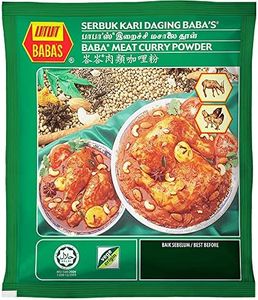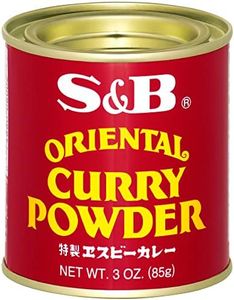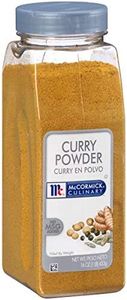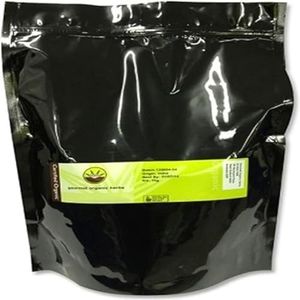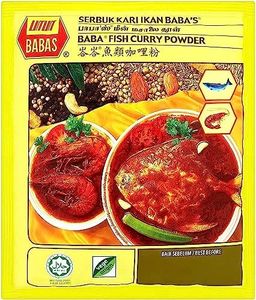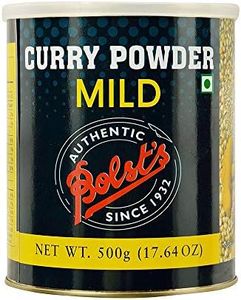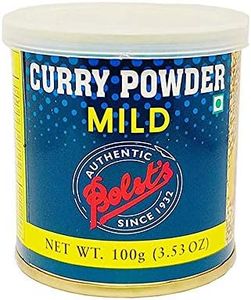We Use CookiesWe use cookies to enhance the security, performance,
functionality and for analytical and promotional activities. By continuing to browse this site you
are agreeing to our privacy policy
10 Best Curry Powders
From leading brands and best sellers available on the web.Buying Guide for the Best Curry Powders
Choosing the right curry powder can make a significant difference in your cooking, as this versatile blend of spices adds depth, aroma, and flavor to dishes from various cuisines. While all curry powders share some common spices, their specific taste, color, and heat levels can vary widely. Picking the best one for you is about understanding the flavors you like and the dishes you want to make. Paying attention to the spice blend, flavor profile, and intended cuisine will help you select a curry powder that suits your cooking style.Spice Blend CompositionThe spice blend composition refers to the specific mix of spices used in the curry powder, such as turmeric, cumin, coriander, fenugreek, and chili. This is important because different spice combinations create different flavors and aromas, influencing the overall taste of your dish. Curry powders can range from mild and earthy to hot and pungent. When choosing, look at the ingredient list: a simpler blend is good for subtle flavor, while a complex blend with more spices works well in dishes where curry is the main flavor. Think about your preferred flavor profile—if you enjoy floral or sweet notes, look for blends with spices like cinnamon or cardamom. For a more savory or spicy profile, pick blends heavy on cumin or chili.
Heat LevelHeat level describes how spicy the curry powder is, primarily determined by the amount and type of chili pepper used. Some blends are very mild, making them suitable for people sensitive to spice, while others can be quite hot. Heat level is often labeled as 'mild,' 'medium,' or 'hot,' though this can be subjective. If you're sensitive to heat or cooking for children, mild curry powder is best. If you prefer bold, spicy food, opt for medium or hot blends. Try a small amount first if you're unsure, as you can always add fresh chili if more heat is needed.
ColorColor in curry powder largely comes from turmeric and paprika, ranging from bright yellow to deep red. Yellow blends generally have a milder, earthier flavor, while red or brown blends tend to be more robust and smoky due to added chilies or roasted spices. Color does not always indicate spiciness but can affect the appearance and perceived flavor of your dish. Think about the visual presentation you prefer or the tradition behind the dish you’re making when selecting a color; for example, use yellow powder for classic curries and red for dishes needing a richer look.
Intended CuisineCurry powders are used in various cuisines like Indian, Caribbean, and Southeast Asian, each having distinct tastes and applications. Indian curry powders tend to be more aromatic and complex, while Caribbean blends often have a pronounced heat and a slightly sweeter profile. Knowing what kind of dish you’re preparing can guide your choice—if you’re making Indian food, go for a classic Indian-style blend; for Caribbean or Southeast Asian flavors, choose a powder that matches their traditional spice mix.
Freshness and PackagingFreshness impacts the flavor and aroma of curry powder, as spices lose their potency over time. Choose curry powder that is well-sealed in airtight, light-resistant containers to maintain freshness. Some brands mark harvest or blending dates; fresher curry powder will have stronger flavor and aroma. Buy in small quantities if you don’t use it often, as ground spices lose their intensity faster than whole spices. Consider a brand or store that has high turnover and proper storage practices.


